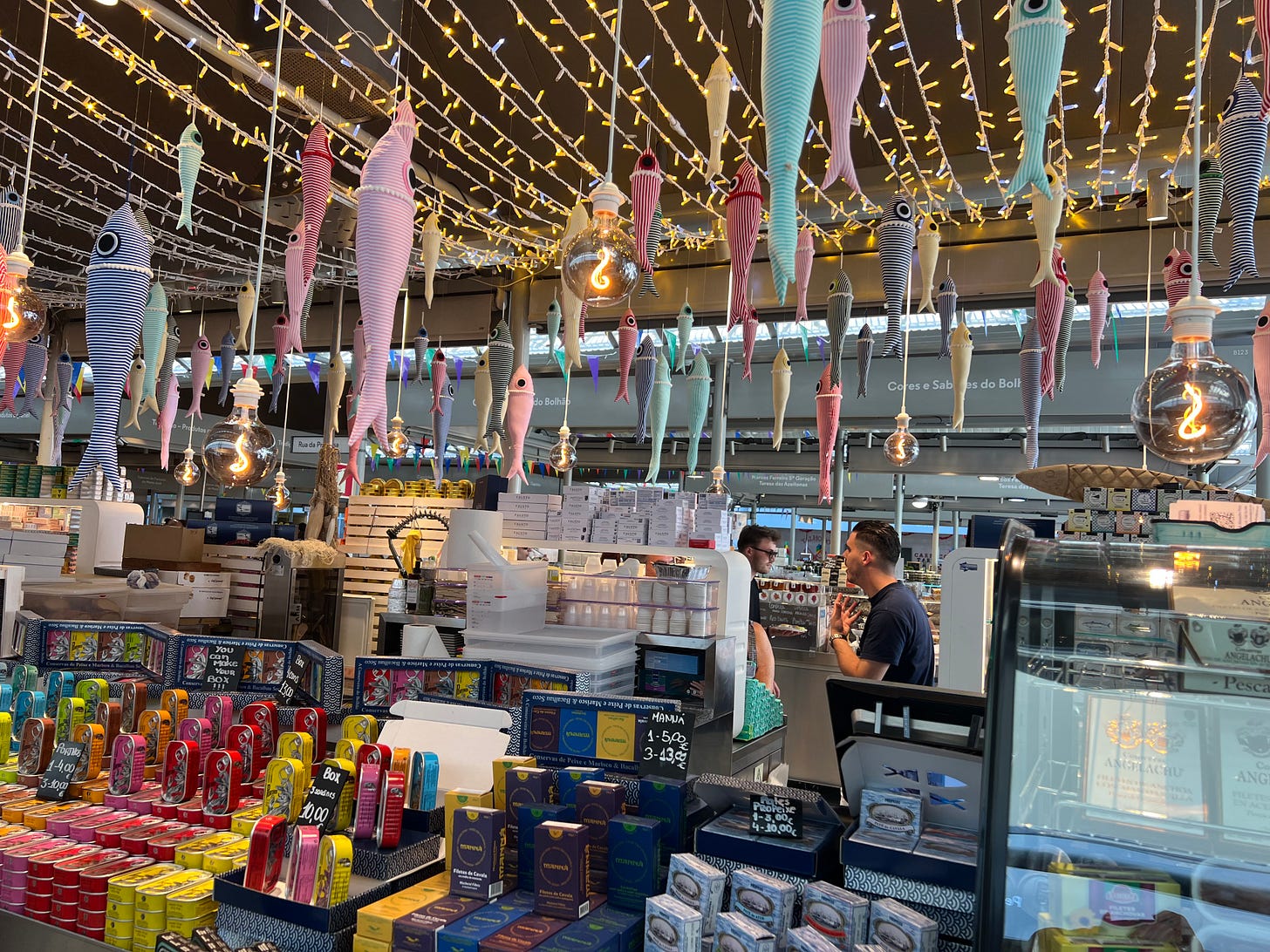Simply Enjoyed Tin(n)y Fish
Celebrate Local Seafood with Readily Available Umami Oil
In the States, folks generally understand tinned fish as canned tuna that gets dressed with mayo and chopped celery to make a sandwich: a meal of convenience that you’ve probably had for a quick lunch more than once. This was my porthole view for the longest time until I became enlightened thanks to culinary friends who knew better. However, that did no…



